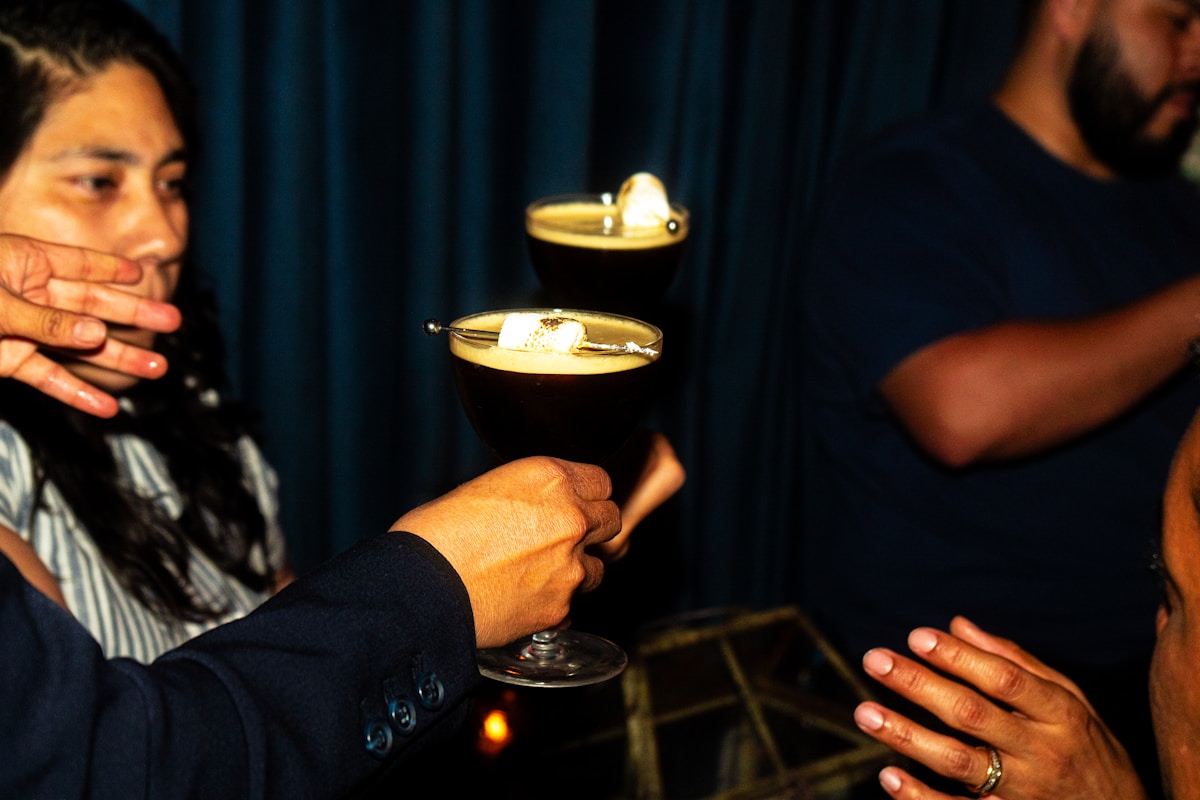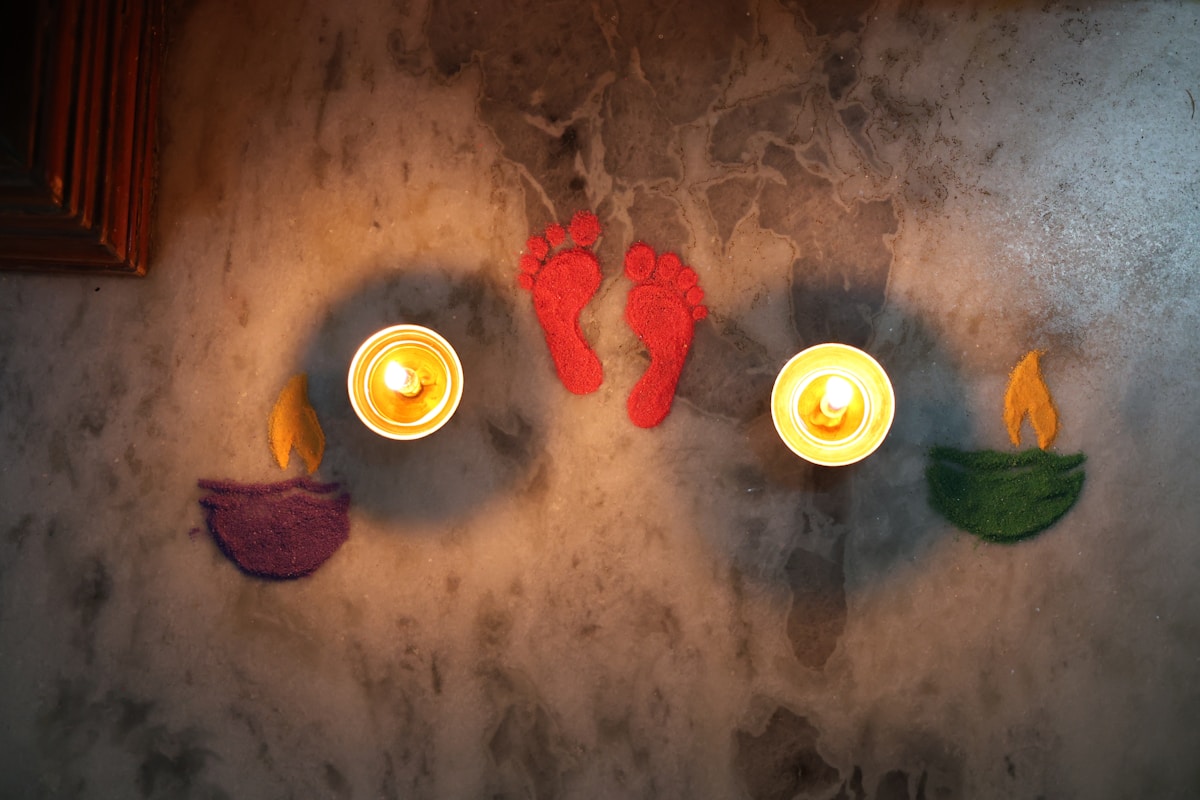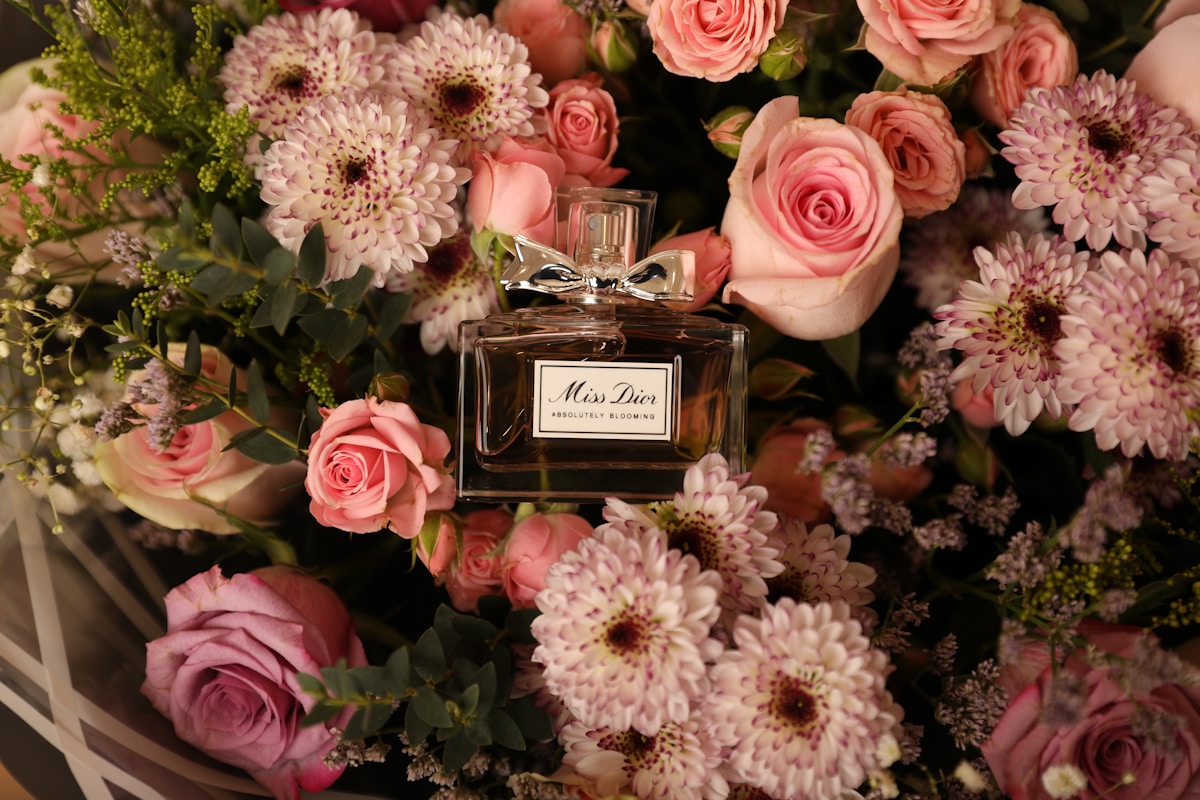The Art of Candle Making
Candle making is not just a hobby; it’s an art form that allows you to express your creativity and personality. Whether you’re looking to create a calming atmosphere in your home or to give a thoughtful gift, crafting your own candles can be a rewarding experience. In this guide, we will explore the intricate process of candle making, focusing on how to blend scents and colors for a unique experience.
Getting Started with Candle Making
Essential Supplies
Before you dive into candle making, it’s crucial to gather all the necessary supplies. Here’s a list of essential items you’ll need:
- Candle Wax: Choose from paraffin, soy, beeswax, or palm wax.
- Wicks: Select the right size and type based on your wax and container.
- Fragrance Oils: Opt for high-quality oils to create delightful scents.
- Dyes: Use candle dyes or color blocks to add color to your candles.
- Containers: Glass jars, tins, or molds to shape your candles.
- Double Boiler: For melting wax safely.
- Thermometer: To monitor the wax temperature.
- Stirring Utensil: A wooden stick or spoon for mixing.
Safety Precautions
While candle making can be fun, it’s important to prioritize safety:
- Work in a well-ventilated area.
- Wear protective gear, such as gloves and goggles.
- Keep a fire extinguisher nearby.
- Never leave melting wax unattended.
The Candle Making Process
Step 1: Melting the Wax
Start by measuring the amount of wax you’ll need. Typically, one pound of wax will fill about 20 ounces of container space. Here’s how to melt it:
- Set up your double boiler by filling the bottom pot with water.
- Add the wax to the top pot and heat it slowly.
- Monitor the temperature with a thermometer. Aim for around 170-180°F (77-82°C).
Step 2: Adding Fragrance and Color
Once the wax is melted, it’s time to add your chosen fragrance and color:
- Fragrance: Add fragrance oils at about 6-10% of the wax weight. Stir gently for even distribution.
- Color: If using dye, add it gradually until you achieve your desired hue. Stir well.
Step 3: Preparing the Wick
Before pouring the wax, prepare your wick:
- Secure the wick to the bottom of your container using a wick sticker or a dab of melted wax.
- Ensure the wick is centered and upright using a wick holder or a pencil laid across the top of the container.
Step 4: Pouring the Wax
Now you’re ready to pour the wax into your container:
- Let the wax cool slightly (to about 160°F or 71°C) before pouring.
- Pour the wax slowly into the container, ensuring the wick remains centered.
- Leave a small amount of wax in the pot for topping off later if necessary.
Step 5: Curing and Finishing
Allow your candle to cure for at least 24 hours. After this time:
- If the top has a sinkhole, reheat the leftover wax and pour it on top for a smooth finish.
- Trim the wick to about ¼ inch above the wax surface.
Blending Scents and Colors
Choosing Scents
Creating unique candles goes beyond just pouring wax. Blending scents can create a signature fragrance that reflects your personality. Here are some popular scent combinations:
- Lavender and Vanilla: Calming and soothing.
- Citrus and Mint: Fresh and invigorating.
- Cinnamon and Clove: Warm and cozy.
- Rose and Sandalwood: Romantic and earthy.
Choosing Colors
Color plays a vital role in the ambiance created by your candles. Here are tips for blending colors:
- Use complementary colors for a harmonious look.
- Experiment with layering different colors for a unique effect.
- Consider the psychology of colors: blue for calm, red for passion, and green for tranquility.
Conclusion
Candle making is a fulfilling and creative endeavor that allows you to craft items that are not only functional but also deeply personal. By mastering the art of blending scents and colors, you can create candles that truly reflect your personality. Whether for personal use or as gifts, your handmade candles are sure to bring warmth and light into any space.


